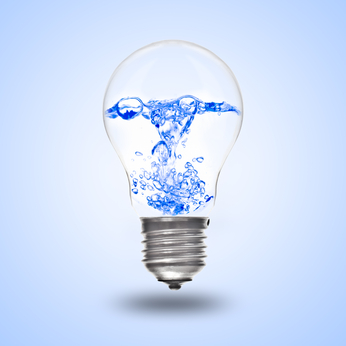Replacing Marine Port Diesel with Renewable Energy Sources
 Replacing Marine Port Diesel with Renewable Energy Sources
Replacing Marine Port Diesel with Renewable Energy Sources
Marine ports contribute to both water and air pollution. Although their impact has been well documented, their pollutants are mainly unregulated. Sources report that one container ship can emit almost the same amount of deadly chemicals as 50 million cars (The Guardian). Most of the cruise ships, cargo ships and tug boats are powered by diesel fuel that, unfortunately, affects the health of communities in coastal and inland regions around the world.
Gaps in the legislation have been publicly acknowledged by the Maritime and Coastguard Agency. They have gone on record citing that certain matters need urgent attention such as the issues regarding pollution (Maritime and Coastguard Agency).
Marine Diesel – What it is and how it affects our wildlife
There are two types of diesel fuel: a petroleum based product and a low sulfur product. The type of diesel used for marine vessels is a combination of two basic types of marine fuels: distillate and residual. This combination fuel is classified by the environmental protection agency (EPA) as “Marine Diesel Fuel”, which is known as an “intermediate” fuel.
When spilled into the water, marine diesel fuel casts a thick film of dark color. After only days or weeks, it can become hard like asphalt on roads. Additionally, it is very toxic and has a dramatic effect upon wildlife when spilled into our waterways. Short term exposure has the capability to harm wildlife. For example, if sea otters or birds get the heavy oils on them, they may die from hypothermia, because they are unable to keep themselves warm. Animals can suffer from burns, eye irritations and lung damage caused by the inhalation of fumes (University California Davis).
Marine Diesel Alternatives:
Fuel Cells
Renewable energy researchers are excited to partner with the EPA. These researchers are working to develop alternative fuels, since there are more than 100 ports in the U.S. that are using diesel engine fuel. Currently, solutions, such as hybrid fuel cell systems, are being tested. This could increase operational efficiency, while simultaneously reducing polluting emissions. On top of that, noise would be dramatically reduced, because fuel cells are virtually silent.
Some ports have already been successful with alternative methods. One of the largest ports, the port of Los Angeles, has partnered with Vision Motors. The port of Los Angeles has adopted a plan to produce a zero emission heavy duty truck outfit. They have also incorporated the use of electric powered short haul tractors to further their innovation.
Tidal Energy
Tidal energy, or marine energy, is considered to be the most renewable and precious forms of green energy. Although it is a relatively expensive form of energy, we are seeing an increase of plants that are producing and improving it. Tidal energy varies in design. It is considered to have high potential, because it is a form of hydropower that is drawn from orbital characteristics. A tidal generator converts the energy of tidal flow into electricity. It has become apparent that once competition increases, the availability of tidal power may be sizably reduced.
Like the renewable energy researchers and the EPA, more partnerships will form as we move forward into the future. As collaborative efforts continue, we hope there will be more reward for companies who support an ecofriendly future. In the meantime, our government agencies alongside passionate marine and wildlife organizations offer education and support.

